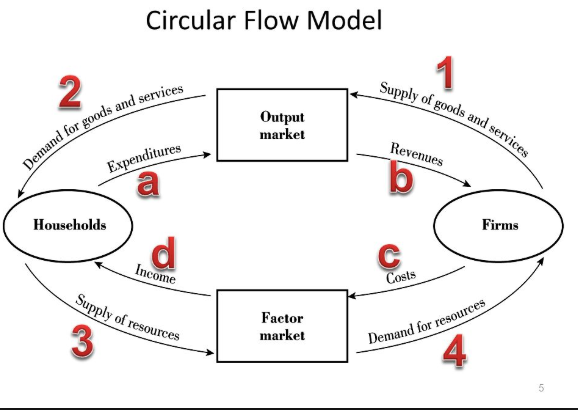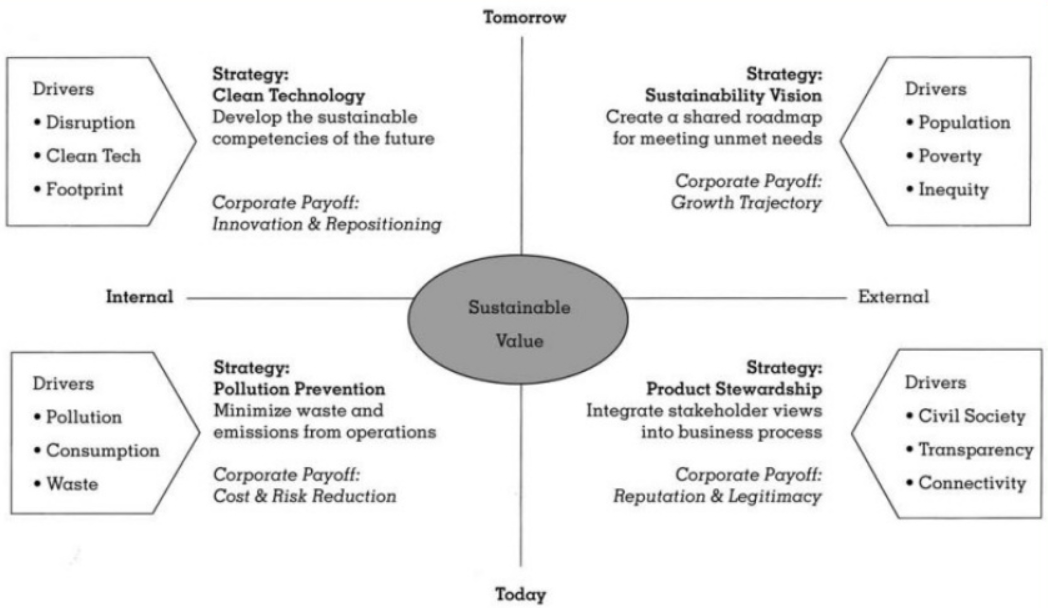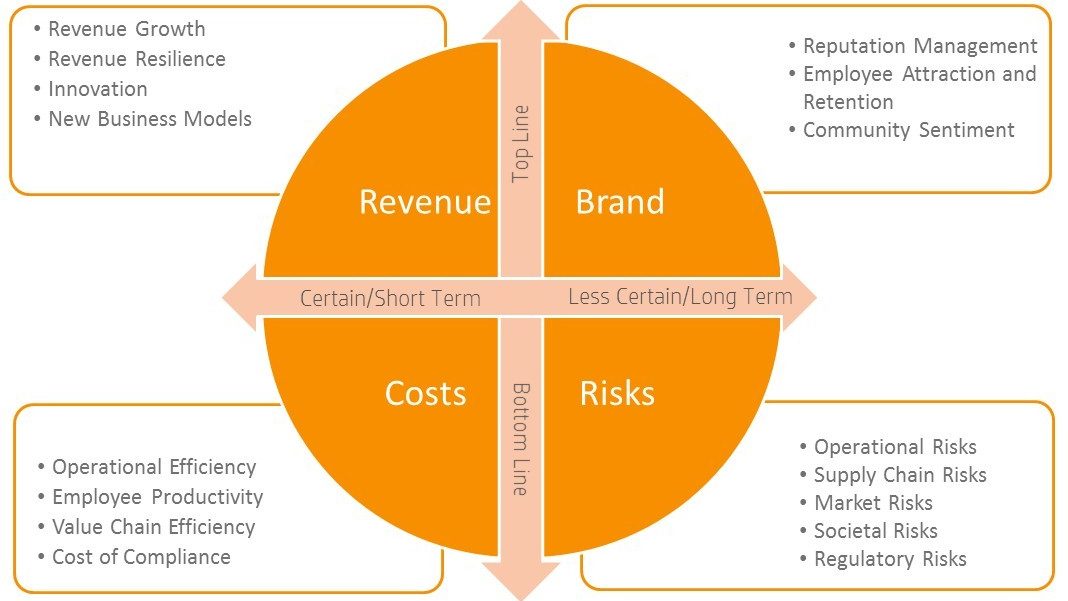Winning Business Strategies to Deal with the Environment
According to Callan and Thomas (in the book “Environmental Economics & Management: Theory, Policy, and Applications”), economics and the environment relate through a flow of resources and waste, in a Material Balance Model where an interdependence of economic activity and nature as follows, expressed in the figure below:

Thus, there is a Flow of resources that characterizes the Natural Resource Economy—concerned with the flows of resources from nature to economic activity.
This flow is added to the classic flow of consumption and production of goods, characteristic services of the economy. But, in this figure, note that is included in process the environmental aspects (Nature) that relate to the economic flow.
In this way, the economy is related to the environment, ie activities that reflect, for example, higher consumption, greater recycling, increased purchasing power of final consumers, increased industrial activity, etc. of some impact on the use of natural resources. This is because resource and waste streams would be self-related and therefore impact across the chain.
The Role of Corporations in Reducing Emissions
Author Peter Senge (in The Necessary Revolution – How Individuals and Organizations are Working Together to Create a Sustainable World) has created a framework that demonstrates the connection between sustainability and the essential functions of any business. Many executives can look at this model and realize that this connection simply had not been made before.
If managers and employees are apathetic about your organization with regard to sustainability efforts, it’s more because you do not see how it ties in to business objectives. As a result, efforts are often fragmented, reactive, and poorly integrated into the company’s core mission and business plans.
The chart below helps people put their organization’s activities in perspective and shows how they can work together to create and maintain value and simplify strategic decision making.

In addition, as MAKOWER reports (in his book “Strategies for the Green Economy: Opportunities and Challenges in the New World of Business”), consumers today care about how their consumption will affect the environment. The perception of products and services and the choice to be consumed among competitors, which will preserve natural resources are common decisions, even with greater spending options. This behavior can already be repeatedly observed.
Strategy for Action in the Environmental Field
In the study of Esty and Winston (from the book “Green to Gold”) are demonstrated golden rules, with fundamental values that allow an eco-advantage. The “Golden Rules” would be the ones that turn green into gold, that is, they produce wealth from the understanding of the value chain in sustainable production economics; in other words, it embeds the advantages of attention to values such as natural resources, sustainability, and thus the most recent neologism of an “ecology-oriented” green economy. These values are expressed in the items of each quadrant, according to the actions to obtain ADVANTAGES and avoid DISADVANTAGES, as well as SHORT or LONG TERM, as shown below:

Thus, these authors continue to assert that an Eco-Advantage attitude, backed by the right tracking tools, a focus on redesign and an environmental management culture, is the foundation for turning green into gold.
Sustainability for Companies
According to the publication of the Brazilian magazine “Terra 3.0”, sustainability practices also apply to companies. A company can perfectly well argue and prove, for example, that it does not pollute, because it filters the smoke that comes out of its chimneys, treats the water it uses and does not throw effluents into the soil or streams, nor into the sewage. I could say that it is clean or green from the point of view of the old notion of pollution, incorrectly if the raw materials used are manufactured by companies that pollute or do not adopt the same so-called clean practices.
With regard to the greenhouse gas emissions that cause the accelerated global warming, which, in turn, generates climatic changes on a global scale, the reasoning can not be equivalent. The company must be responsible for the total amount of carbon equivalent, built into its product. Of course, this should apply to any harmful or risky effects attributed to a given product.
Each company is co-responsible for the amount of carbon that travels in its value chain—including the disposal of the product after consumption or use—and the carbon index emitted by all its internal operations: stocking, cargo handling, activities associated services, sales, administration and management.